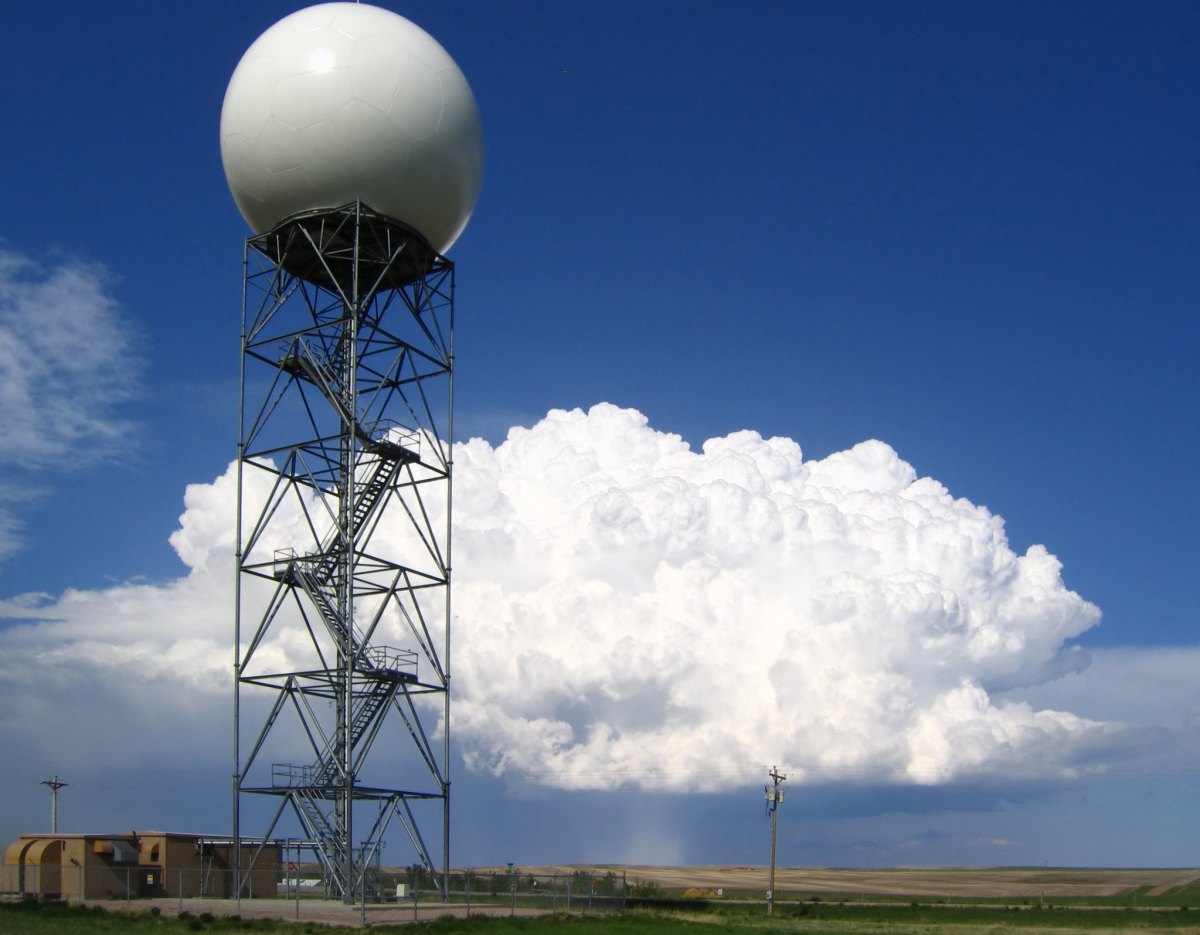Weather Radar Applications

Weather radar technology has revolutionized the field of meteorology, providing invaluable insights into weather patterns and forecasting capabilities. Its applications extend beyond weather forecasting, reaching into various industries and sectors.
One prominent application of weather radar is in aviation. By detecting and tracking precipitation, turbulence, and wind shear, weather radar helps ensure the safety of aircraft and passengers. It enables pilots to make informed decisions regarding flight routes and potential hazards, enhancing overall air traffic management.
Maritime Navigation
In the maritime industry, weather radar plays a crucial role in enhancing safety and efficiency. It provides mariners with real-time information on weather conditions, allowing them to avoid storms, fog, and other hazardous conditions. By detecting and tracking precipitation patterns, weather radar helps ships navigate safely and optimize their routes, reducing the risk of accidents and delays.
Agriculture, Weather radar
Weather radar has also found significant applications in agriculture. By monitoring precipitation patterns, farmers can make informed decisions regarding irrigation scheduling, crop protection, and harvesting. Accurate weather data helps optimize crop yields, reduce water usage, and mitigate the impact of adverse weather events.
Hydrology and Water Management
In hydrology and water management, weather radar provides valuable data for monitoring rainfall and snowfall. This information is essential for flood forecasting, reservoir management, and water resource planning. By accurately tracking precipitation patterns, weather radar helps mitigate the risks associated with flooding and water shortages, ensuring the sustainable management of water resources.
Potential Future Applications
The future holds exciting prospects for the applications of weather radar. With advancements in technology and data processing capabilities, weather radar is expected to play an even more significant role in various fields:
- Climate Change Monitoring: Weather radar data can contribute to climate change research by providing long-term observations of precipitation patterns and trends.
- Urban Planning: Weather radar can assist in urban planning by providing insights into precipitation patterns and their impact on infrastructure and urban development.
- Renewable Energy: Weather radar can optimize the siting and operation of renewable energy sources, such as wind and solar farms, by providing accurate wind and precipitation data.
The weather radar, a vigilant guardian of the skies, keeps a watchful eye on the ever-changing tapestry of clouds. From the bustling streets of Tyler, Texas, tyler tx weather reveals a kaleidoscope of conditions, painting a dynamic canvas of sunshine, showers, and the occasional rumble of thunder.
Yet, amidst the atmospheric dance, the radar remains steadfast, its tireless gaze guiding us through the unpredictable symphony of the heavens.
Weather radar, an indispensable tool for meteorologists, has become increasingly sophisticated in recent years. By emitting radio waves and analyzing the reflections, these devices can paint a detailed picture of precipitation patterns. If you’re curious about the weather conditions in Evansville, Indiana, you can access a wealth of information on the evansville weather website.
Weather radar technology continues to evolve, offering even more precise and timely forecasts, helping us stay informed and prepared for the elements.